Our visual identity reflects our commitment to honouring and incorporating Te Ao Māori and the natural world, while also highlighting the diversity of individuals and their learning journeys.
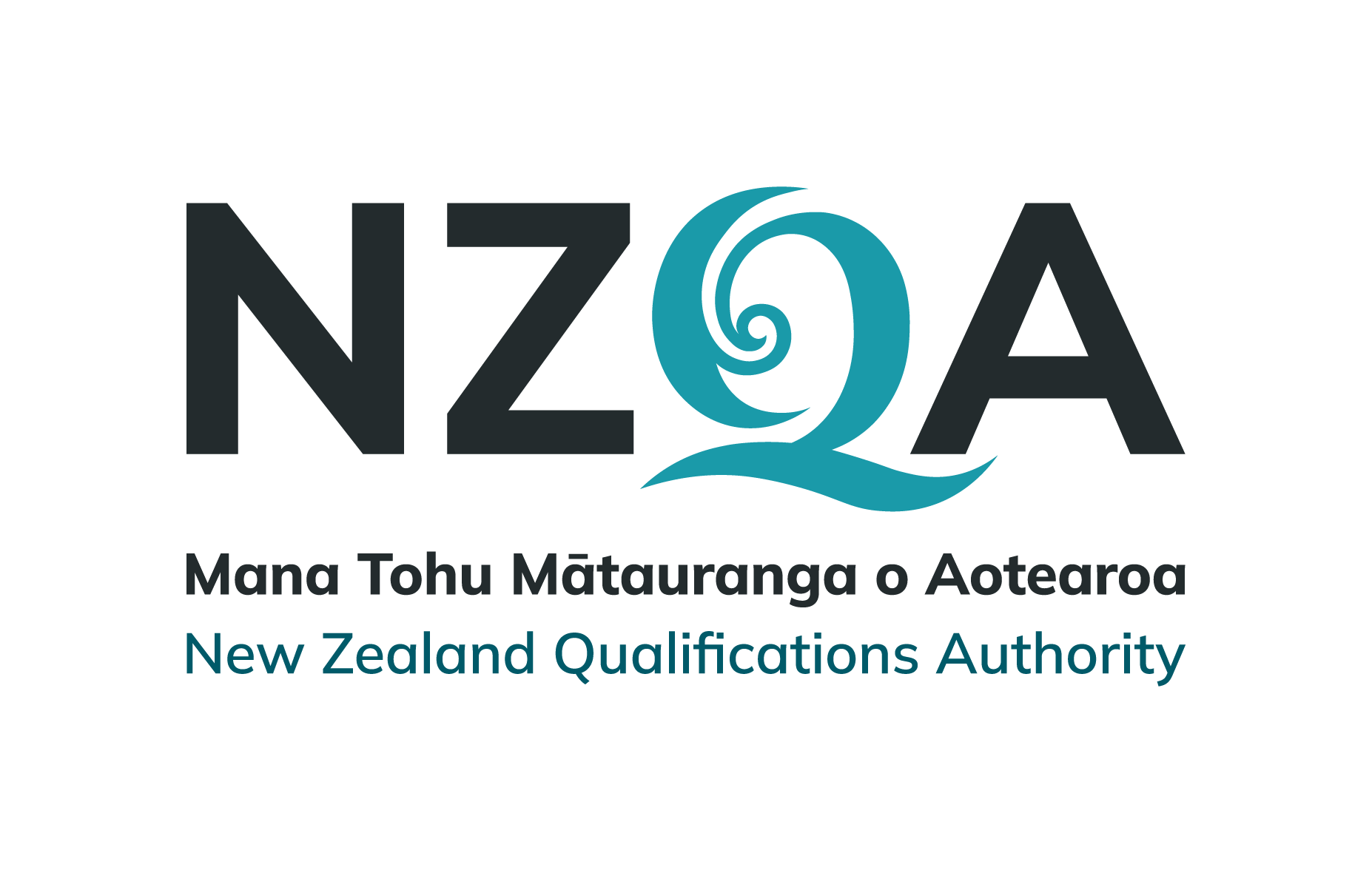
Our tohu
Our tohu (logo) includes our initials, and our full name in te reo Māori and English. The koru pattern in the Q is inspired by te orokohanga mai o te whakaaro (the origin of thought). This speaks to the process of how knowledge is acquired, how it is used and how it is passed through the generations and evolves on its journey.
Our tohu is protected through intellectual property laws, and we have strict guidelines around where and how it can be used.
Our patterns
We've designated colours and kowhaiwhai patterns for each of our audiences, including learners, secondary providers, tertiary providers, international students, Māori and Pasifika.
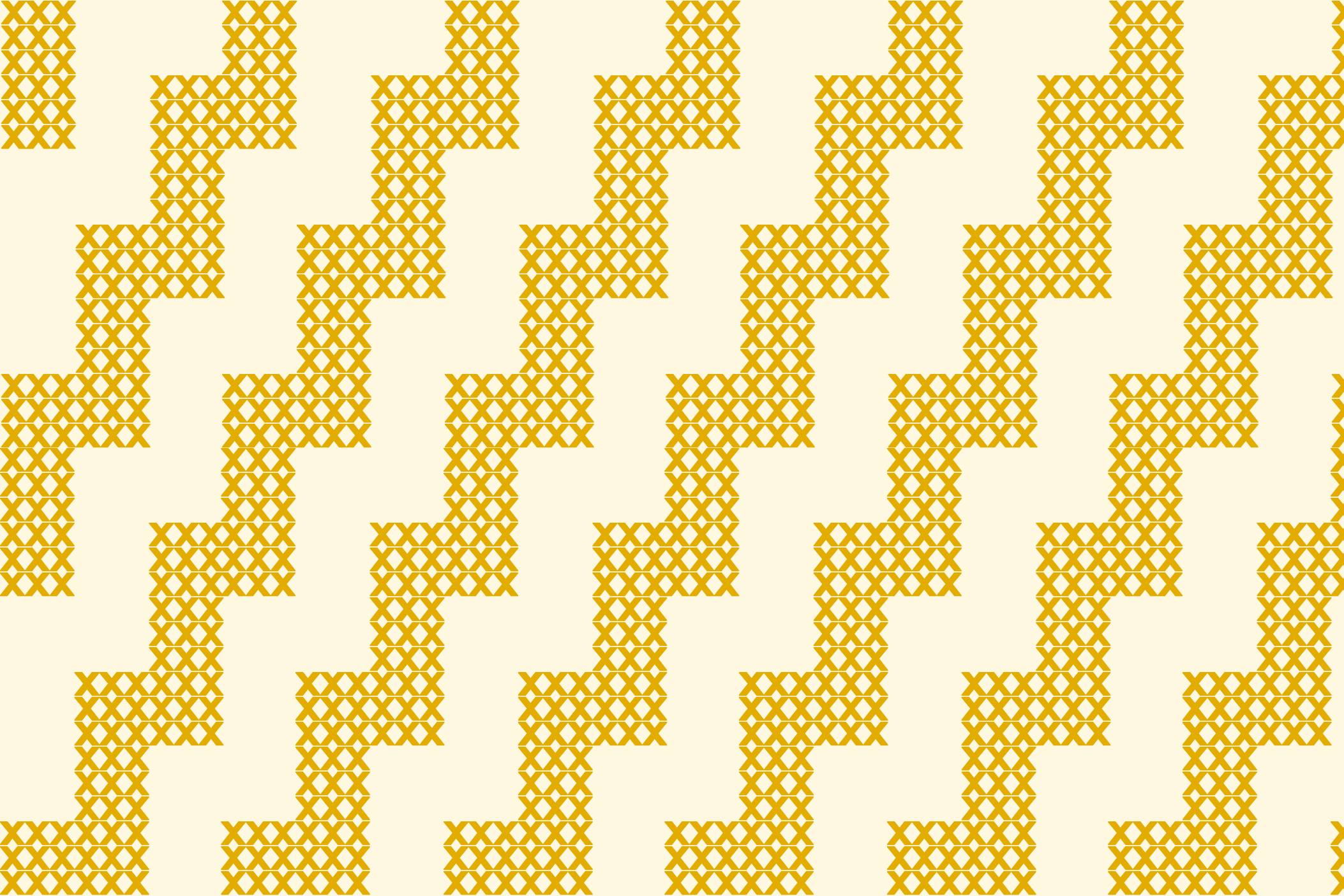
Learners
Poutama pattern
The poutama pattern symbolises genealogy and the various levels of learning and intellectual achievement. Some say it represents the steps Tāne-o-te-wānanga climbed to reach the top-most realm in his quest for superior knowledge and spirituality.
Yellow
When Tāne-māhuta, the god of the forest, separated his parents to allow light into the darkness, the gods went from Te Pō (the dark), into Te Ao Mārama (the world or light). Te Ao Mārama is a Māori concept relating to wisdom and understanding, and the natural world of life and light. This yellow colour represents Te Ao Mārama, and Tamanui-te-rā, the god of the sun and. In the context of learners, this yellow represents awakening into knowledge.
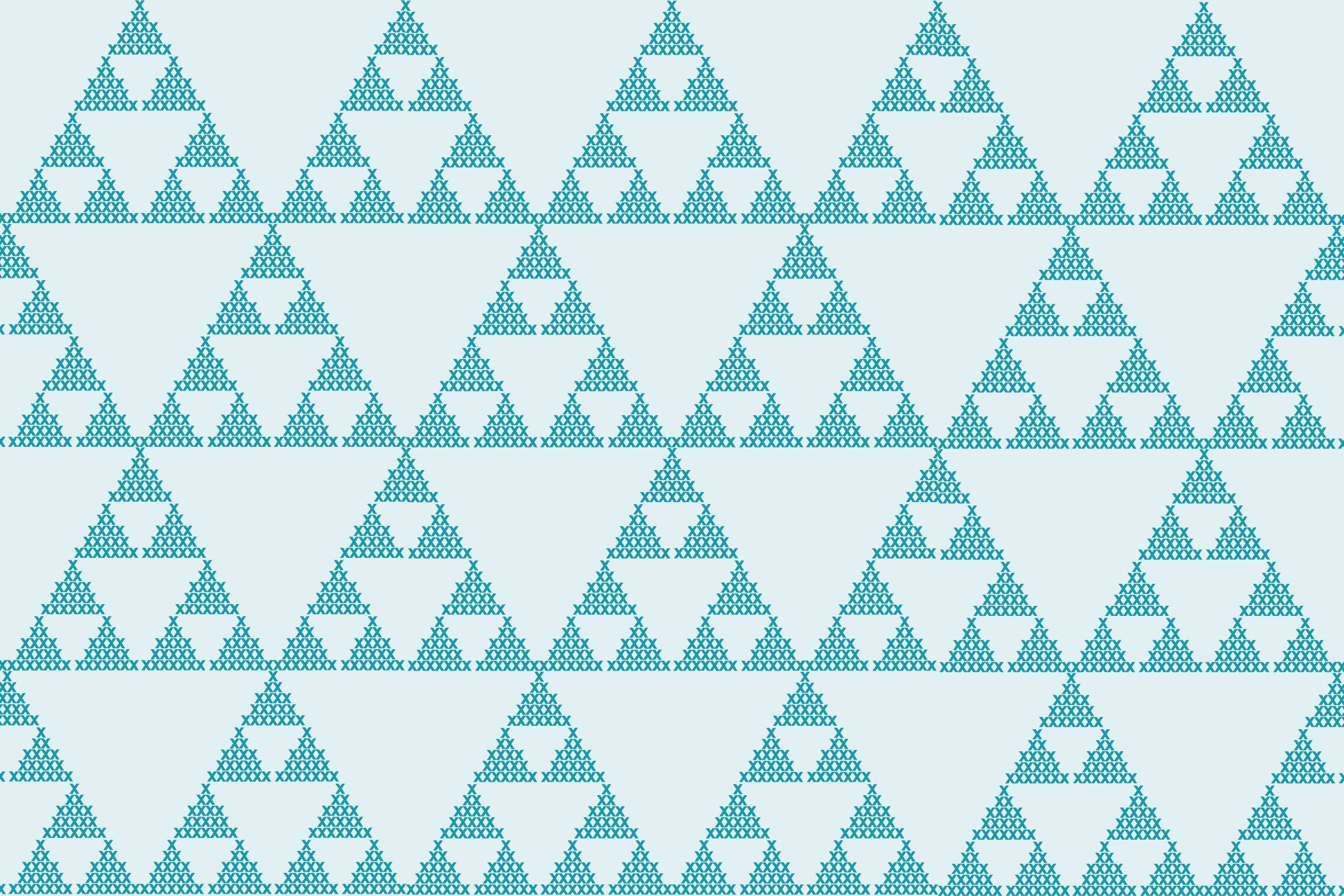
Secondary providers
Kete Mātauranga pattern
This pattern represents the three baskets of knowledge, Ngā Kete e Toru. In one tradition, the god Tāne travelled to the highest heaven to collect the baskets of knowledge and bring them back to humankind. This was an explanation for the origin of knowledge.
Light blue
The light blue represents water. In Te Ao Māori and a lot of other indigenous cultures around the world, water holds generations of information and knowledge, which is why it is so precious.
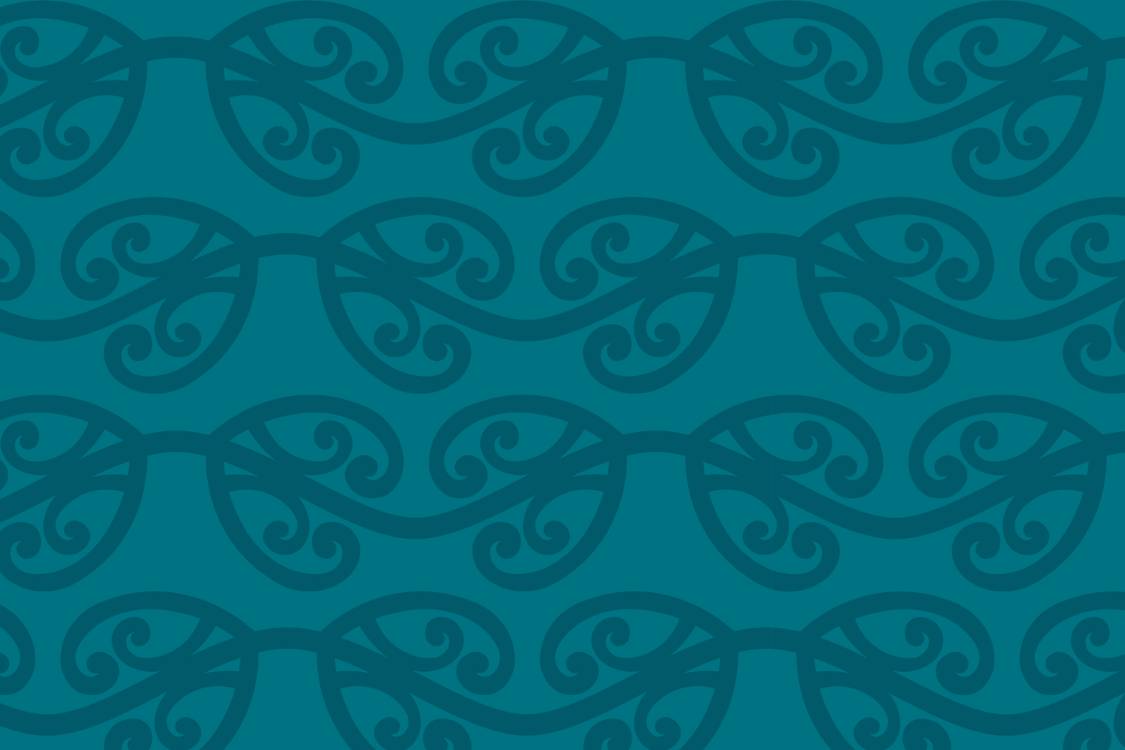
Tertiary providers
Mangōpare pattern
The Mangōpare pattern is commonly used in kowhaiwhai patterns. It represents the hammerhead shark and is a symbol of strength, courage and power. All attributes learners need to stay focused and determined in order to achieve their academic goals.
Dark blue
The dark blue colour acknowledges the god of the ocean, Tangaroa, and how the ocean connects us to the rest of the world's many shorelines. It also represents the depth of the ocean. In the context of tertiary education, the dark blue reflects a deeper level of learning.
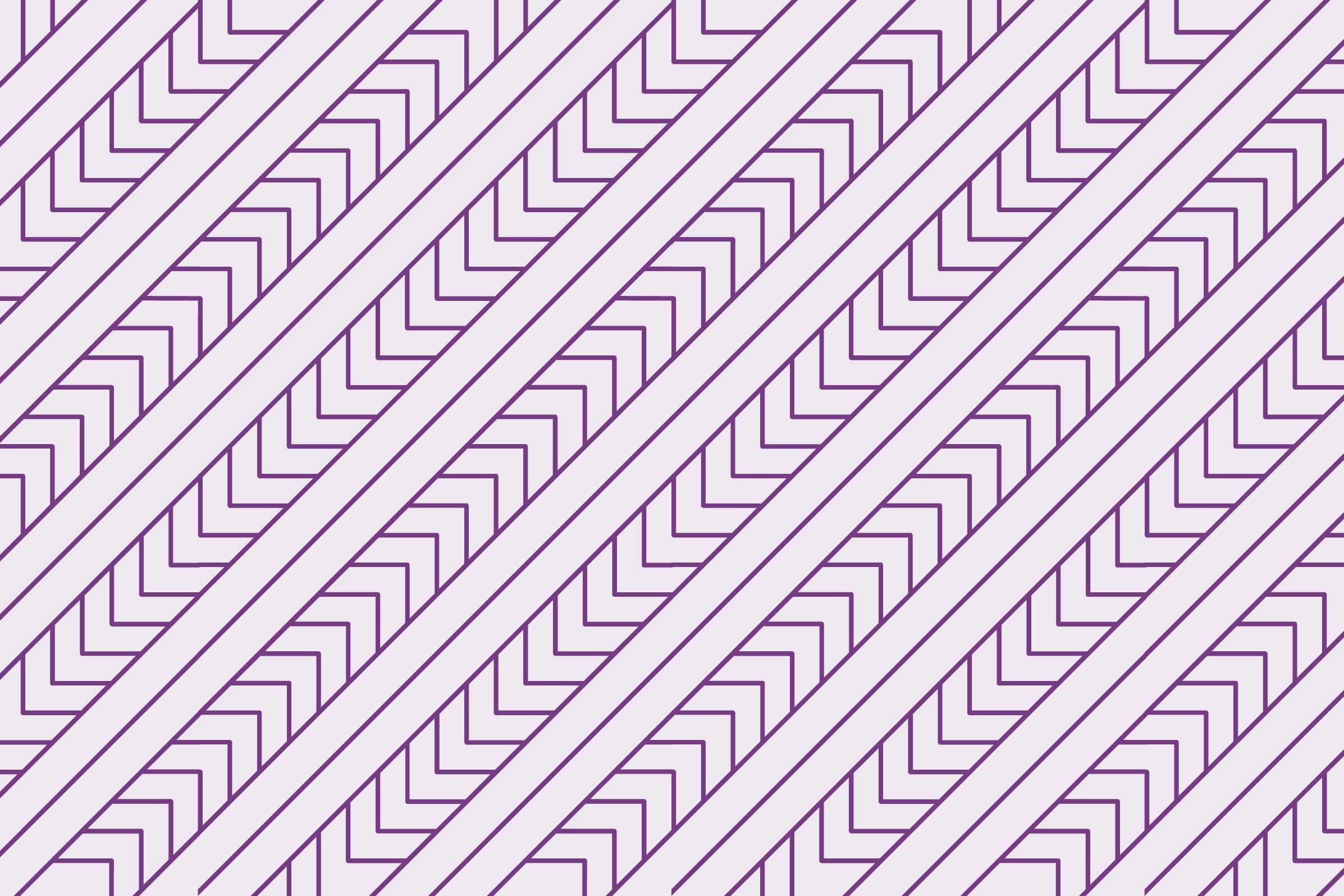
International students
Rauponga pattern
The rauponga pattern represents the many different ethnicities and nationalities travelling from their different homes here to Aotearoa. They bring with them their tūpuna. The long strips filled with niho taniwha patterns represent their journey to get here from all different directions.
Purple
Purple signifies the colours of twilight and the sunrise, and new horizons for international students.
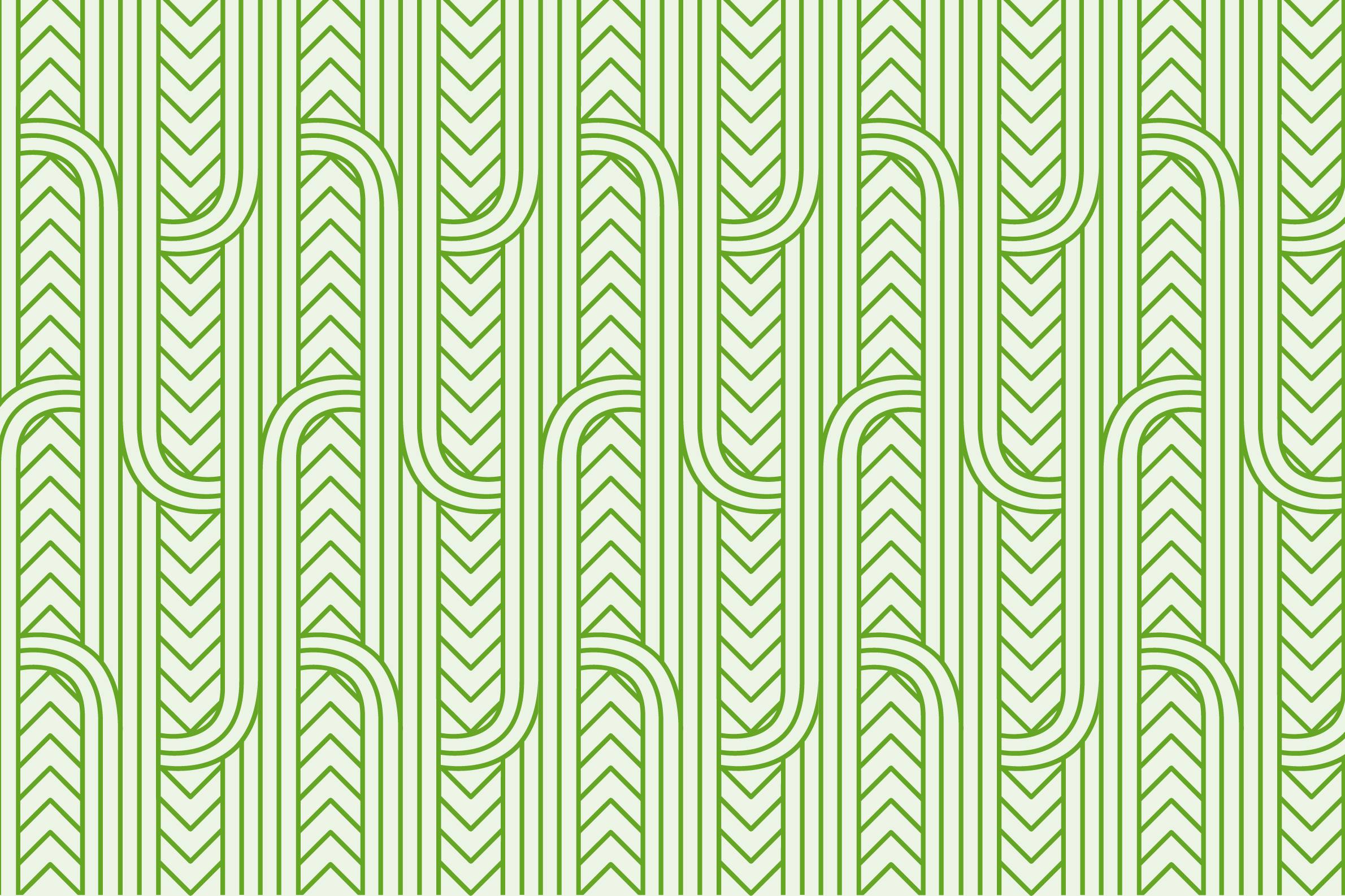
Māori & whānau
Rauponga whakarare pattern
The wauponga whakarare in this context signifies connection. The niho taniwha notches represent the many different generations of learners, while the the hook-like pattern is the whakarare representing whānau, hapū, and iwi.
Throughout our lives, we carry and honour the generations before us, and work hard for those who came before us and those who will come after us.
Green
The green colour ties into our natural environment and acknowledges the god of the forest, Tāne.
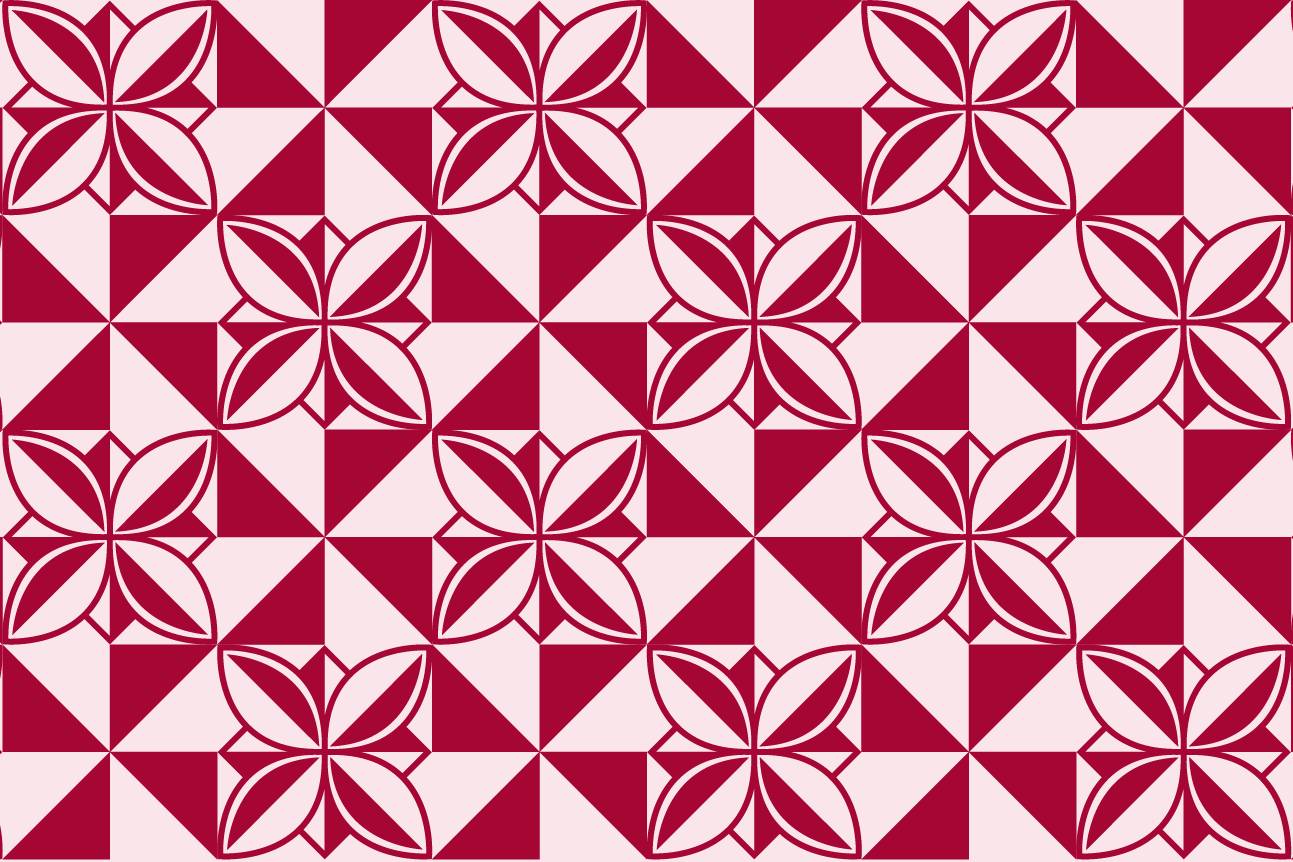
Pasifika
Frangipani and Manulua/Kaso pattern
The frangipani represents Pacific people, who are given life by the ocean. The manulua or kaso pattern is interpreted differently in Tonga and Fiji. In Tonga, the manulua represents two birds coming together to form a new union, much like when people come together to learn. However, in Fiji, the kaso are a key part of canoes. This represents our people coming from near and far to ako, to learn, to share knowledge.
Red and dark blue
Red symbolises life in the moana: people, animals, and plant life. The dark blue also symbolises the ocean itself that unites all Pacific people.

